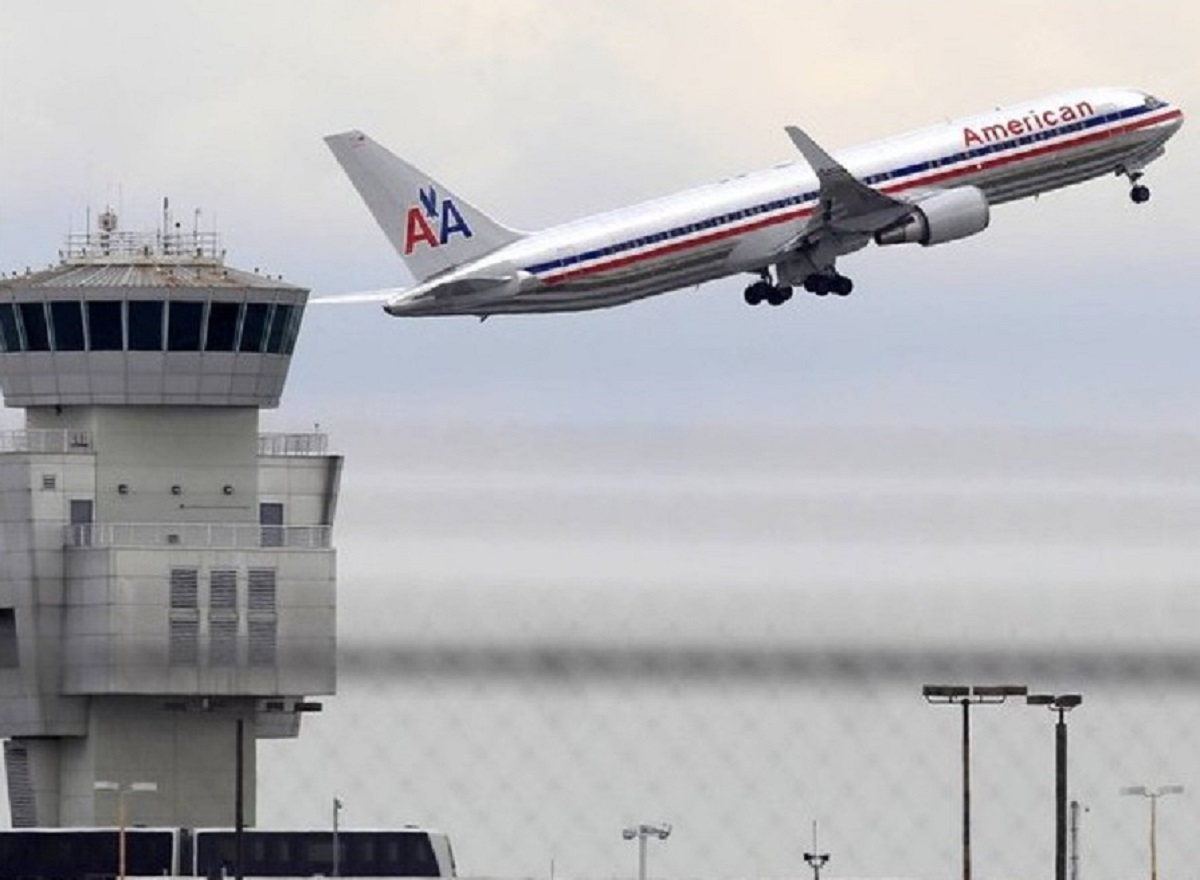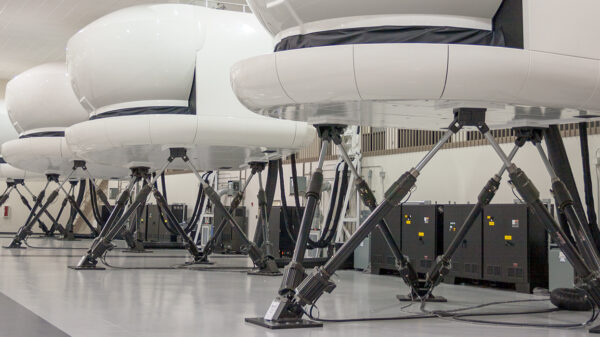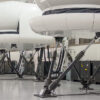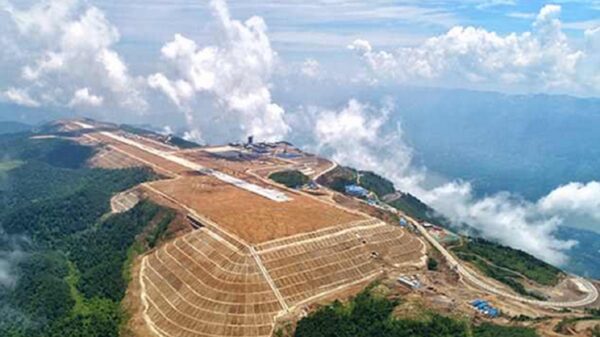Source: quora
As the sun-kissed canvas of the sky beckons and the tarmac stretches like a ribbon of promise, the realm of aviation poses an inquiry that has left many a pilot pondering with furrowed brows: which among the aerial ballet’s grand acts is the most formidable challenge—the exhilarating takeoff or the calculated descent?
Imagine this: as the aircraft propels itself down the runway, the cockpit’s palpable tension mirrors a sprinter’s anticipation from the starting blocks. The throbbing engines unleashed their pent-up might, catapulting the aircraft towards the heavens.
The laws of physics are defied as the metal bird gathers momentum, its wings claiming dominion over gravity’s grasp. Under pressure, the pilot orchestrates this symphony of power and precision, steering the aircraft’s nose to the sky with unwavering resolve.
The takeoff, they say, is a daring affirmation of humanity’s audacity to conquer the sky.
But then, on the flip side of this exhilaration comes landing—an artistry that demands finesse and finesse alone. Herein lies the heart of the matter: the aircraft, having soared amidst the clouds and danced with the winds, must now bow to the earthly realm.
The pilot’s gaze narrows, honing in on a singular point amidst the vast tapestry below. A runway, a mere thread against the world’s backdrop, becomes this intricate ballet’s focal point.
The calculated descent is a symphony of precision, where the wheels must make contact with the Earth at a precise juncture, the flaps align in perfect symmetry, and the throttles taper their power to cradle the aircraft gently onto the terra firma.
Reflect on these words from a sage aviator: “Always ensure your number of takeoffs is equal to your landings.” It’s a testament to the subtlety of the landing. Takeoffs are no small feat, akin to the exuberant sprinter’s dash—a burst of energy, a race against inertia.
But landings, ah, docks, are akin to a surgeon’s delicate touch—a fusion of art and science, where a smidge too much or too little can tip the delicate balance between triumph and turmoil.
A fighter pilot once shared a nugget of wisdom: on takeoff, a ground vehicle evolves into an air vehicle. But if the transition falters, it remains grounded. On the contrary, an airborne vessel assumes its terrestrial guise during landing. If the change falters, embracing the ground is inevitable, regardless of success.
In the grand theatre of aviation, takeoff and landing stand as twin titans of challenge, each with its unique charisma. The former is a declaration of man’s mastery of the skies, a bold proclamation of ambition. The latter is a testament to man’s humility before nature, a reminder that even amidst the clouds, the Earth holds sway.
As you peer through the cockpit window, gazing at the boundless expanse above or the minuscule landing strip below, consider this: the skies may beckon, and the Earth may yearn for your touch, but it is the pilot’s artistry that bridges these realms—a masterpiece painted across the heavens and etched upon the landscape.
Deciphering the Art of Aviation: A Battle Between Skyward Soar and Earthly Embrace
In the thrilling realm of aviation, where the heavens and the Earth converge, a perennial question unfurls its wings: Which aviation act commands the mightier challenge, the audacious takeoff or the calculated landing? In the grand theatre of flight, pilots don their wings of expertise, and we delve into the narratives of these brave airmen to glean insights into this high-altitude enigma.
Imagine this scene: a modern-day Daedalus at the cockpit’s helm, poised to thrust his winged steed into the vast expanse above. The pulse of the engines reverberates through the very sinews of the aircraft, its destiny entwined with the skies.
The runway stretches forth, a canvas of potentiality, as the aviator orchestrates a symphony of precision, commanding the bird of metal and might to ascend, defying gravity’s stubborn grasp. The takeoff was an audacious declaration of humanity’s dominion over the celestial realm.
And yet, as the wings cut through the sky and the clouds embrace their metallic muse, a poignant transition awaits. The pilot, a judge of grace and control, guides the vessel towards Terra Firma.
The runway emerges as an ethereal path against the canvas of the world, beckoning the aviator to navigate the labyrinthine choreography of the descent. With measured finesse, the aircraft descends, a dance of aerodynamics and intuition, wheels seeking purchase in the terrestrial realm.
The landing, a masterstroke of equilibrium, encapsulates man’s humility in the face of Earth’s embrace.
A seasoned aviator, Kurush Pawar, affirms that the notion of piloting encapsulating only the moments of takeoff and landing is an egregious fallacy, a misstep amidst the symphony of flight. With the precision of a maestro, he unveils the intricacies that precede an airborne ballet.
Briefings ensue, camaraderie is forged, and the aircraft’s readiness is dissected with a surgeon’s scrutiny. Preflight rituals, calculations, and meticulous coordination pave the way for a seamless departure. The intro to takeoff, a narrative rich with detail and nuance, paints a true portrait of aviation’s daily reality.
A retired USAF command pilot, Tom Farrier, adds his harmonious note to the score. In a duality of thought, he encapsulates the heart of the matter. Like a tapestry woven with threads of challenges, landing demands an exquisite blend of skill and finesse.
Helicopter descents, akin to a composer’s improvisation, reflect the intensity of a landing ballet. The cockpit transforms into a sanctuary of decisions as the pilot’s mettle is tested in three-dimensional chess, orchestrating the aircraft’s triumphant return to the realm of Earth.
Anecdotes emerge from diverse skies, each an ode to aviation’s complexities. From the miraculous Hudson River landing, as portrayed in “Sully,” to the meticulous centerline landings, as shared by Kim Jury, the annals of aviation narrate tales of pilots threading the needle of precision, forever seeking mastery over the celestial tapestry.
A symphony of viewpoints converges, resounding with the echoes of takeoff and landing. The celestial ascent, a declaration of audacity, bears a testament to humanity’s prowess in the ethereal realm.
It is contrasted by the earthly embrace of landing, a testament to finesse, intuition, and humanity’s harmonious coexistence with terra firma. This binary narrative, a hallmark of aviation’s essence, underscores that neither act claims the mantle of supremacy; rather, each unfolds as a chapter within the grand epic of flight.
Aviator’s Chronicles: Aerial Theatre of Triumph and Trials – Unveiling the Saga of Takeoff and Landing
In the theatre of the skies, where the ethereal expanse embraces the terrestrial realm, a saga of aviation unfolds, punctuated by two acts epitomising the aviator’s craft – the audacious takeoff and the calculated landing. Pilots share their narratives amid this orchestration of wings and wind, each a testament to the high-stakes dance between heaven and Earth.
Arun Viswanathan, a former Commander in the esteemed Indian Navy, candidly recounts his journey, etched with triumph and tribulation. He paints a vivid picture of a fledgling aviator whose ambition to soar was tempered by the finesse required to touch down gracefully.
In an ironic twist, he reveals how he was deemed safer at sea level, a sentiment echoed by an instructor of Chief of Air Staff pedigree, highlighting the nuanced choreography of landings that demand precision and control.
Taking us deeper into this balletic panorama, Kris Morisen, a private pilot, geologist, and EMT, provides a glimpse into the meticulous symphony required for landings. An intricate interplay of variables, from airspeed to wind conditions, ascent and descent, and flight control positions, converges in a crescendo of complexity.
The runway transforms into a canvas of challenge, where a moment’s misstep can cast an indelible shadow on aerial performance.
In a symposium of perspectives, Pierce Townsend, a seasoned traveller, reminisces about his inaugural takeoff, a pivotal moment of ascent that ignited a lifelong passion.
Yet, he acknowledges the unspoken truth: the allure of landings, scrutinised by spotters, passengers, and air traffic controllers alike, demands an artistry that transcends the mundane.
As a student pilot, Sam Julander illuminates the nuanced distinctions between the two acts. Takeoffs, a realm of relative ease, find pilots navigating the skies with an exhilarating drift from the runway, buoyed by the power and speed of flight.
However, he underscores that landings demand an apex of precision as aviators strive to descend at a designated point, weaving a tapestry of skill and finesse against the backdrop of terra firma.
A veteran of the skies, Andrew Novikov, a commercial pilot and flight instructor, delineates the nuanced challenges across different aircraft categories.
The ascent poses complexities in aeroplanes, where every takeoff entails meticulous planning. Meanwhile, takeoffs manifest as formidable feats in the realm of helicopters, surmounting the inherent challenges of lift and control.
With a canvas adorned by these seasoned aviators, the quintessential question of whether takeoff or landing wears the mantle of challenge remains a multi-faceted tapestry.
As the runway beckons, the aviator’s journey unfolds—a masterful composition, where takeoff heralds the daring ascent and landing stands as the artful descent, each a testament to the profound bond between man, machine, and the boundless sky.










